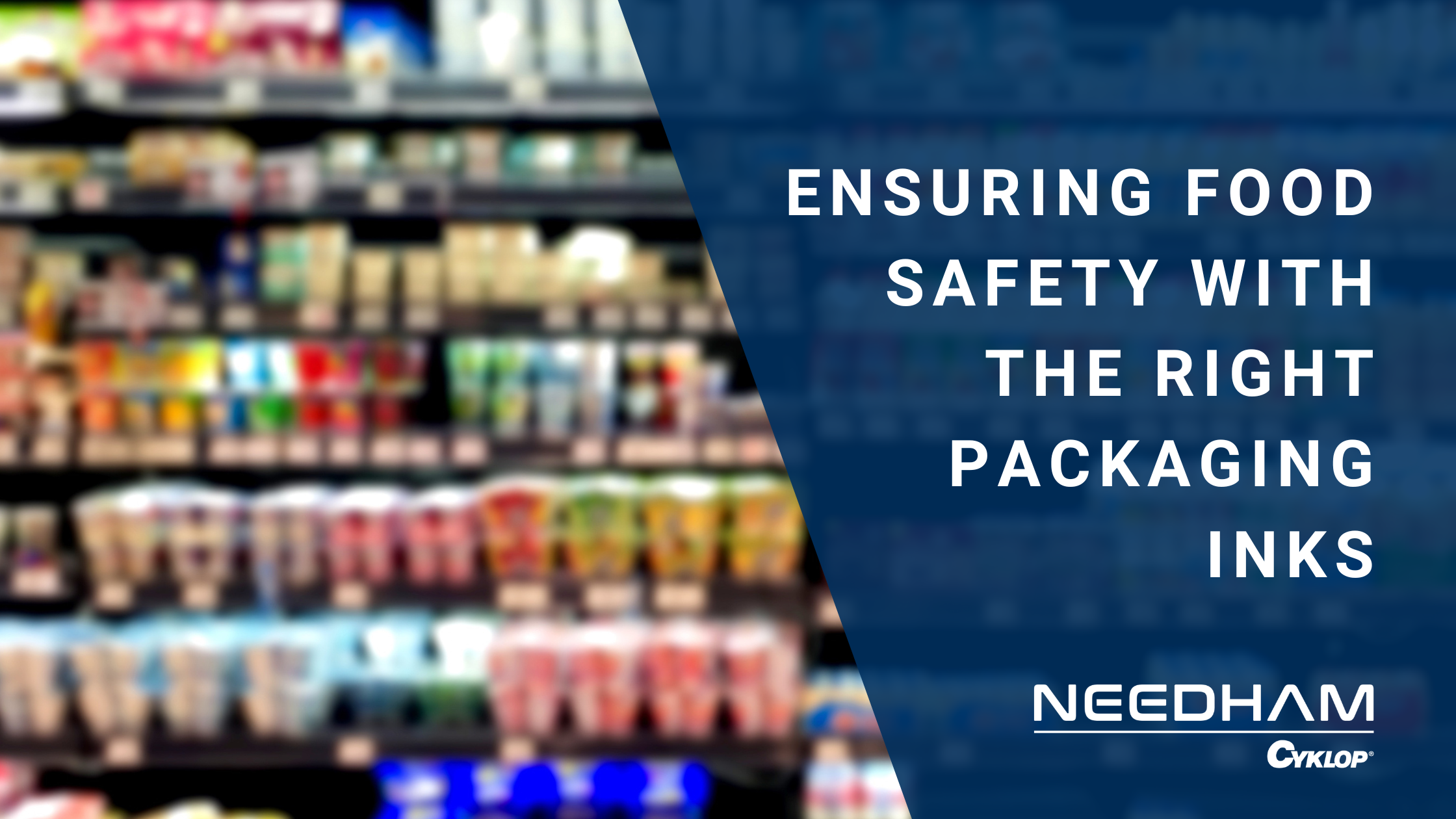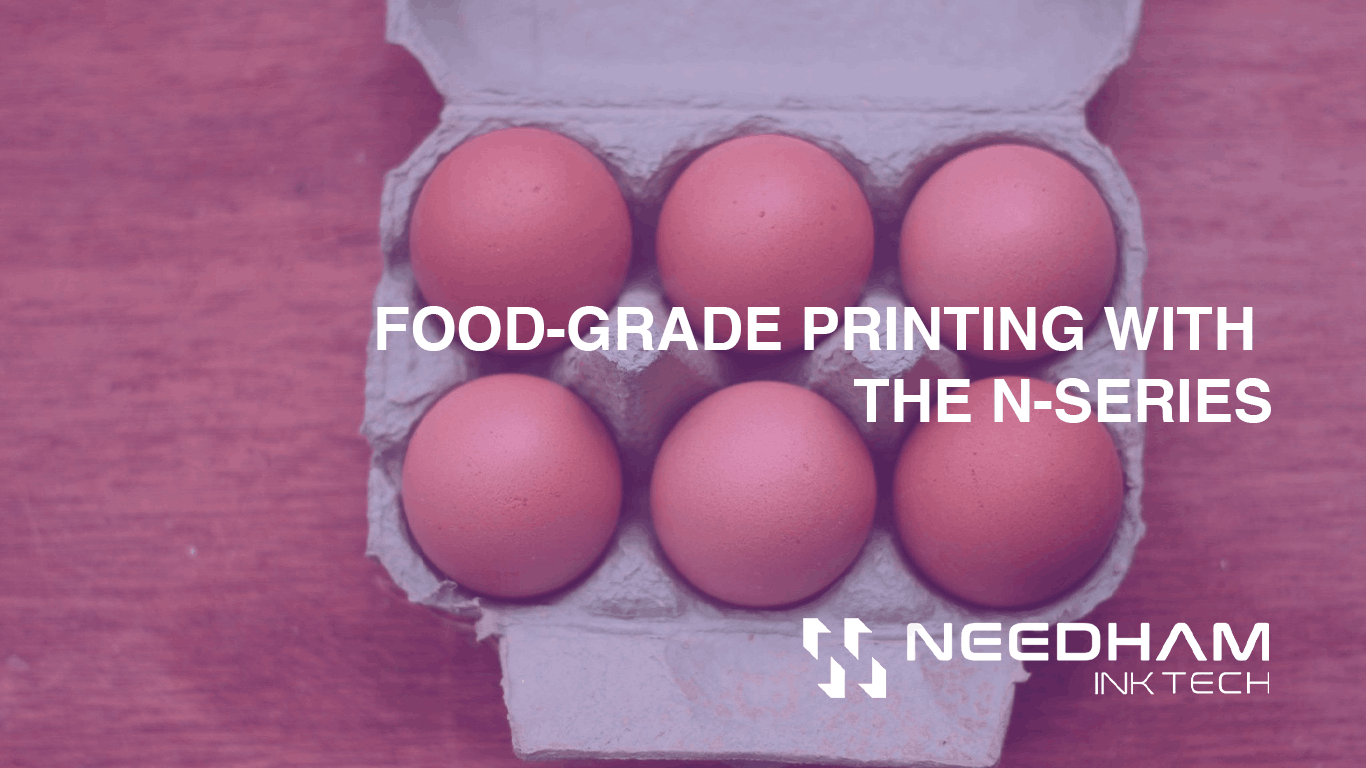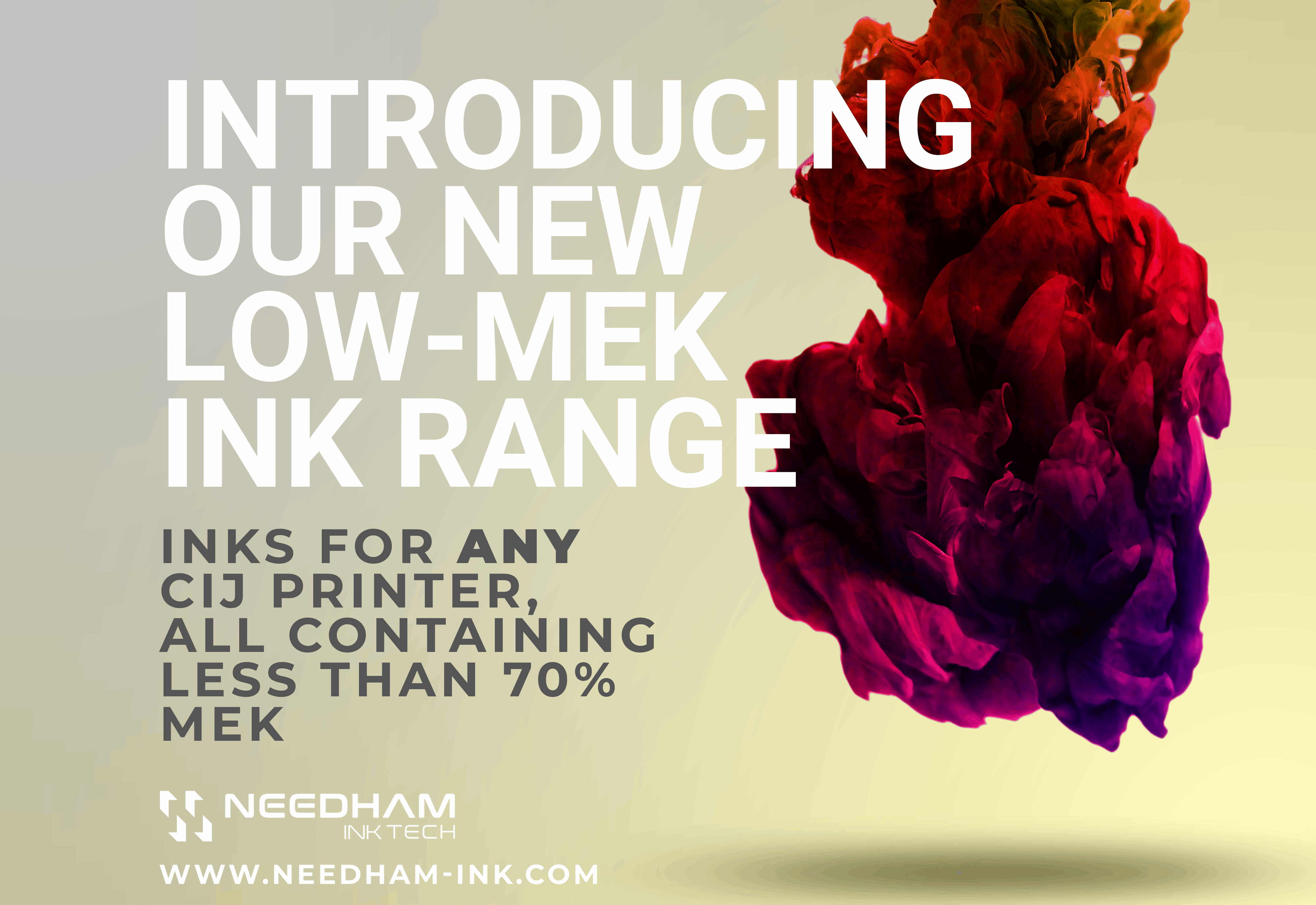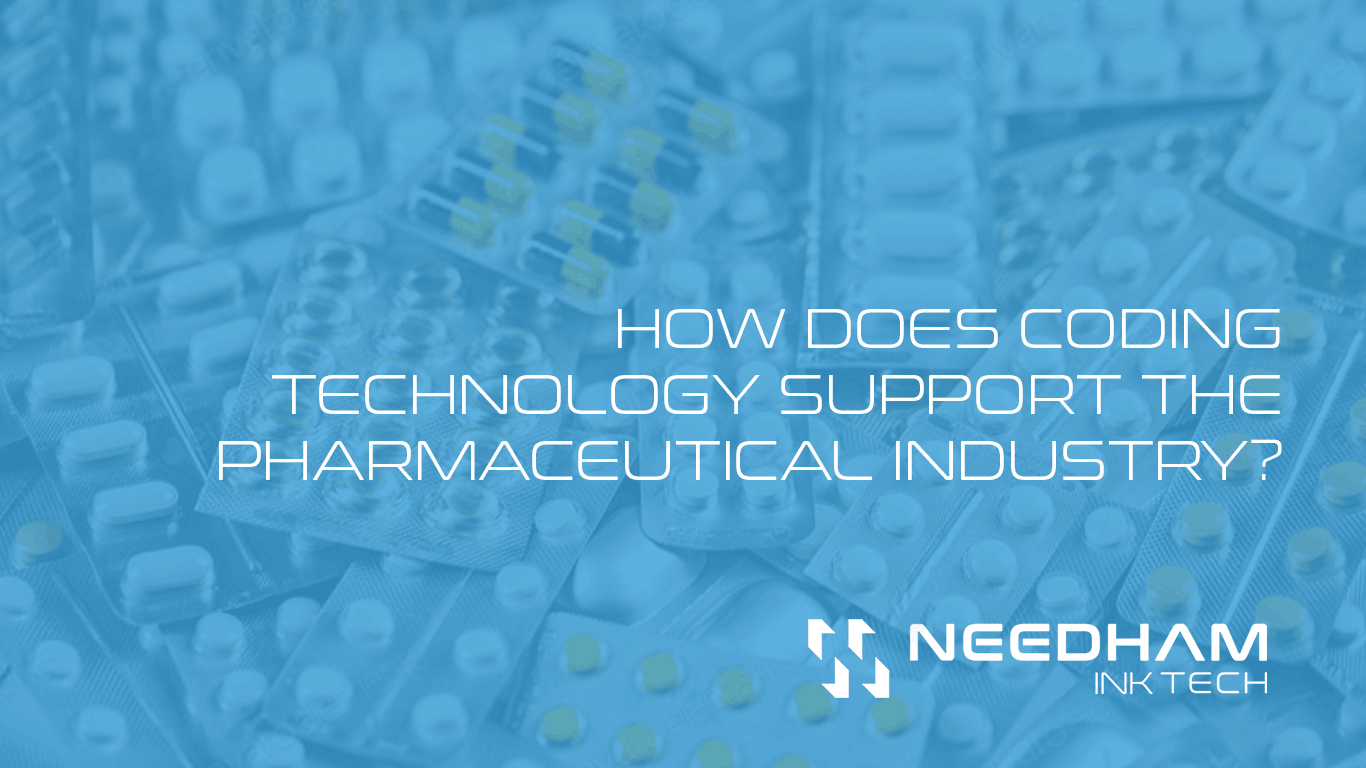Food Grade Printing with the N-Series
Have you ever seen an egg or piece of meat with a mark printed on it and wondered, 'can I eat that?'. The answer is, yes, you can. The mark on your...
3 min read
Samuel Mcgarrigle
:
Jun 6, 2024 2:01:27 PM

In the realm of food safety, every detail matters. While the spotlight often shines on the food itself, an equally critical component is the packaging. Proper packaging not only preserves the freshness and quality of food but also ensures it remains safe for consumption. A key element in this process is the use of safe and reliable packaging inks.
At Needham Cyklop, we understand the importance of this detail and have made it our mission to provide inks that meet the highest safety standards.
The Importance of Safe Packaging Inks
Packaging inks come into direct contact with food packaging, and if these inks contain harmful substances, they can migrate into the food, posing significant health risks. Contaminants can lead to foodborne illnesses, allergic reactions, and long-term health issues. This makes the choice of packaging inks critical for food manufacturers who are committed to consumer safety.
Regulations and Compliance
To mitigate risks, stringent regulations govern the use of packaging inks in the food industry. In Europe, the European Food Safety Authority (EFSA) provides guidelines and sets limits on the substances used in food contact materials, including inks. Similarly, in the United States, the Food and Drug Administration (FDA) oversees the safety of food packaging materials.
Adhering to these regulations is not just a legal obligation but a moral one. Ensuring that your packaging inks comply with these standards protects consumers and maintains the integrity of your brand.
Different Types of Food Packaging
Food packaging comes in various forms, each with unique requirements and challenges. Understanding these can help in choosing the right inks for each type of packaging.
Flexible packaging includes materials like bags, pouches, and wraps. This type of packaging is widely used for snacks, dried foods, and beverages. The inks used here must be highly adaptable to different substrates like plastic films, aluminum foil, and paper. They need to offer excellent adhesion and flexibility without compromising on safety.
Rigid packaging consists of containers such as cans, bottles, and jars. These are often used for beverages, canned foods, and condiments. Inks for rigid packaging must provide robust durability and resistance to abrasion and environmental factors while ensuring they are non-toxic and do not leach into the food.
This includes materials like cartons, boxes, and trays, often used for frozen foods, dairy products, and bakery items. The inks for semi-rigid packaging must maintain print quality under varying temperature conditions and physical handling.
Lidding films are used to seal containers and trays, often seen with ready meals and dairy products. Inks for these films must be able to withstand heat sealing processes and provide clear, legible information without compromising safety.
Labels are ubiquitous across all types of food packaging. They must offer excellent print clarity and durability. Inks used for labels must be compatible with various substrates and adhesives, ensuring they remain safe and secure on the packaging surface.
Continuous Inkjet (CIJ) Technology and Inks
One of the most advanced and reliable methods for applying packaging inks is Continuous Inkjet (CIJ) technology. CIJ is widely used in the food industry for its versatility, speed, and ability to print on a wide variety of surfaces.
Benefits of CIJ Technology
High-Speed Printing: CIJ printers can operate at high speeds, making them ideal for production lines that require fast and efficient printing.
Versatility: CIJ technology can print on almost any substrate, including plastic, glass, metal, and paper, making it suitable for various types of packaging.
Durability: CIJ inks are formulated to withstand harsh environments, ensuring that prints remain legible and intact throughout the product's shelf life.
Precision and Quality: CIJ printers deliver high-quality, precise prints, ensuring that all necessary information, such as batch numbers, expiration dates, and barcodes, is clearly legible.
Food Grade CIJ Inks
At Needham Cyklop, we offer a range of food-grade CIJ inks that are specifically designed to meet the stringent requirements of the food industry. Our CIJ inks are:
Compliant with International Standards: Our inks meet or exceed regulatory requirements, giving you peace of mind.
Non-toxic and Food-Safe: Developed to prevent contamination and ensure consumer safety.
Versatile for Various Applications: Suitable for a wide range of packaging materials and printing technologies.
Innovations in Packaging Inks
Innovation in packaging inks is ongoing, with continuous improvements aimed at enhancing safety and performance. Advances in ink formulation technology allow for better print quality, faster drying times, and increased durability, all while maintaining safety standards.
At Needham Cyklop, we are at the forefront of these innovations. Our research and development team is dedicated to creating inks that not only perform exceptionally well but also contribute to safer food packaging solutions.
Conclusion
Proper food safety goes beyond the food itself; it extends to the packaging that protects it. By choosing safe, compliant, and high-quality packaging inks, food manufacturers can ensure their products remain safe from production to consumption. At Needham Cyklop, we are committed to providing the best in packaging ink solutions, including advanced CIJ inks, to help you uphold the highest standards of food safety.
For more information about our products and how we can assist with your packaging needs, visit our website at www.needham-ink.com.
By prioritising the safety and quality of your packaging inks, you not only protect your consumers but also reinforce your brand's commitment to excellence in food safety. Explore our range of products and find the perfect solution for your packaging needs at Needham Cyklop.


Have you ever seen an egg or piece of meat with a mark printed on it and wondered, 'can I eat that?'. The answer is, yes, you can. The mark on your...

We are pleased to introduce our range of low-MEK continuous inkjet ink that can be compatible with any CIJ printer. Our team of chemists have...

The blister packets of pills that we see on a daily basis are all produced on high-speed production lines. Medicines and drugs must be identifiable...